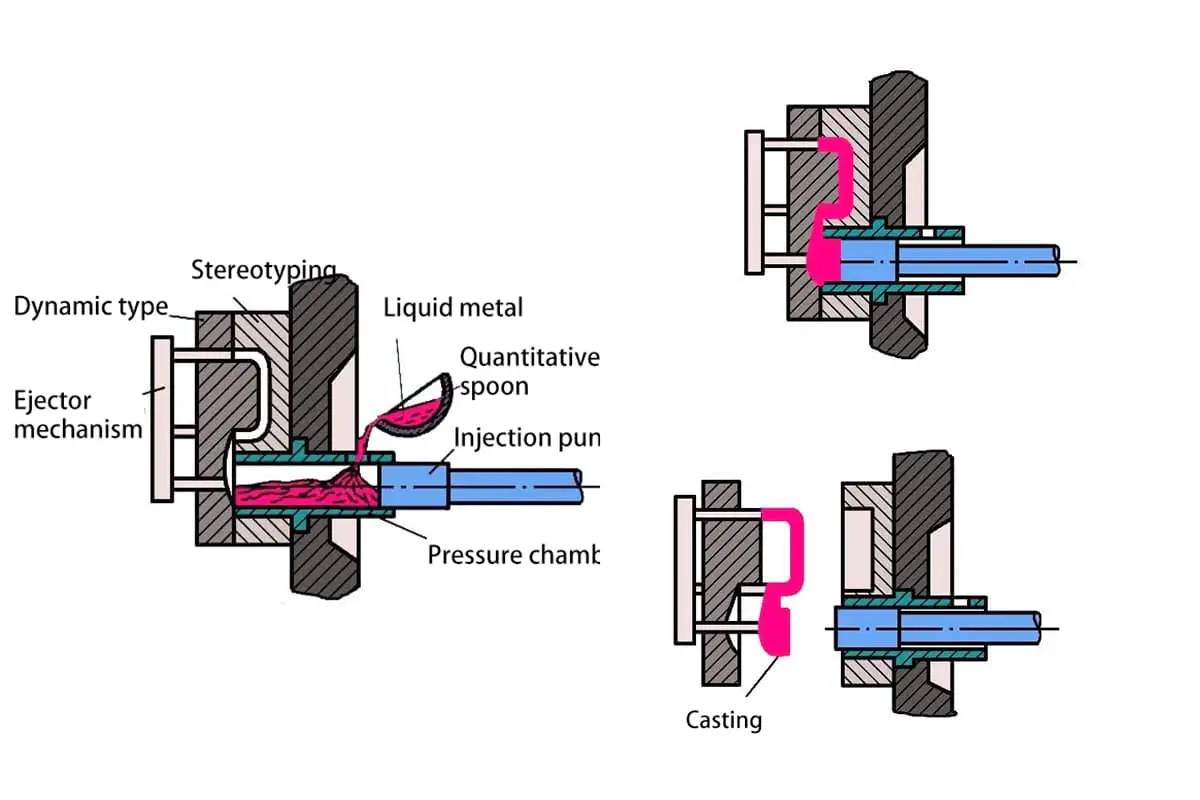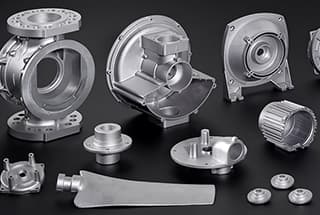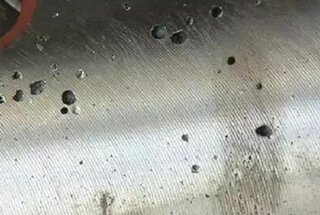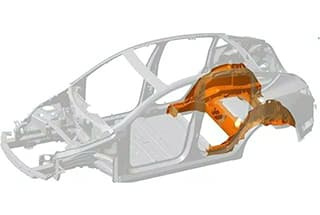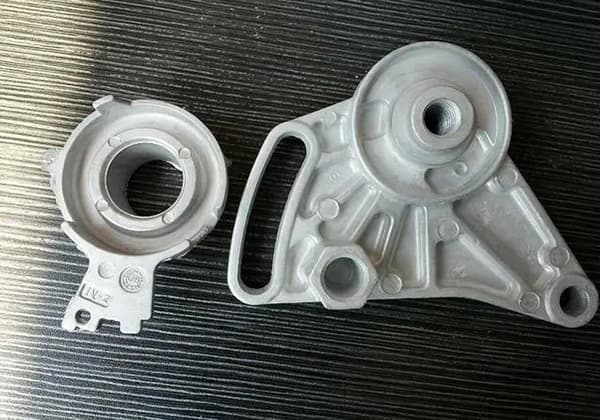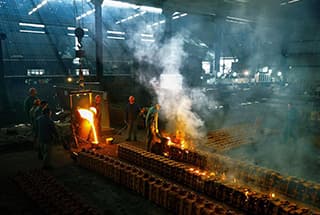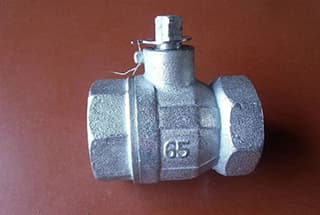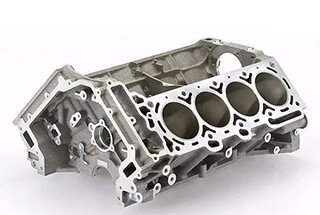
In this blog post, we’ll explore the various types of materials used in casting processes. As an experienced mechanical engineer, I’ll share my insights and knowledge to help you understand the properties, applications, and advantages of each material. Get ready to dive into the captivating realm of casting and discover how these materials shape our world!
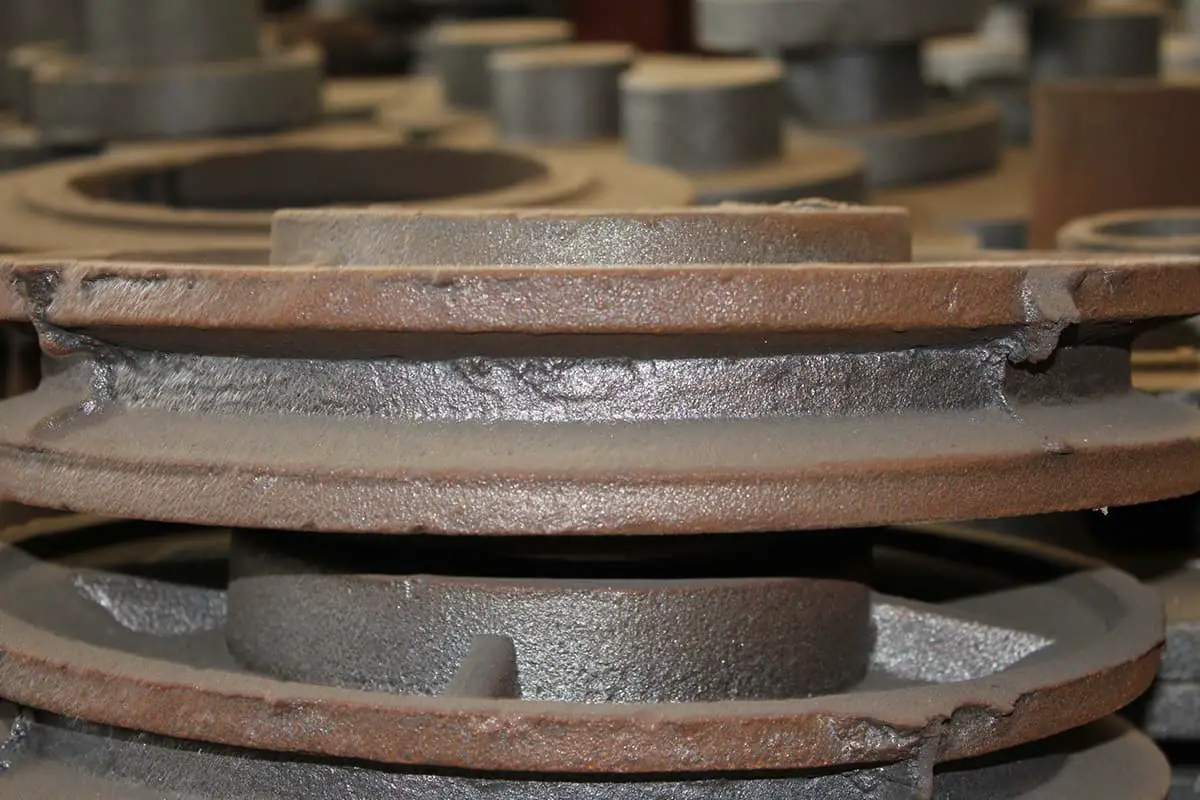
The common cast metals include gray iron, ductile iron, malleable iron, and cast steel. Non-ferrous metals that are commonly cast include brass, tin bronze, tin-free bronze, aluminum alloy, and more.

Eight types of casting materials are commonly used, including gray iron, malleable iron, ductile iron, vermicular iron, cast steel, cast aluminum alloy, cast bronze, and cast brass, among others. Here are descriptions of their characteristics and applications:
Gray iron is known for its good fluidity and minimal shrinkage during cooling. It has low strength, but exhibits plasticity and toughness.
The elastic modulus of gray iron varies from 80,000 to 140,000 MPa, depending on the microstructure. Its compressive strength is three to four times higher than its tensile strength.
In addition to these properties, gray iron also boasts good wear resistance and vibration absorption, and is not sensitive to notches. It is also easy to machine. However, its welding performance is poor.
Gray iron has a maximum temperature limit of 300 to 400°C, beyond which it cannot withstand extended exposure. Despite this limitation, it remains the most commonly used type of cast iron, accounting for 85% to 90% of all cast iron production.
Malleable iron possesses properties that are inferior to gray iron but superior to cast steel. It is primarily used for producing small, thin-walled castings that require a certain level of strength and toughness.
Additionally, malleable iron exhibits good corrosion resistance and machinability. Furthermore, its impact toughness is three to four times greater than that of gray iron.
While gray iron castings are often considered of superior quality, ductile iron castings are still widely used and offer several advantages. For example, ductile iron is known for its excellent machinability and can exhibit significant changes in properties through heat treatment.
Ductile iron also boasts a higher tensile strength than both gray iron and cast steel, as well as a higher yield-to-tensile strength ratio than malleable iron and steel.
Furthermore, it has the best plasticity among cast irons, though its impact toughness falls between that of cast steel and gray iron.
Ductile iron also excels in other areas, such as its excellent low-temperature properties and high fatigue strength, which are comparable to #45 steel but with lower sensitivity to stress concentration than steel.
Additionally, it offers good wear, heat, and corrosion resistance.
Another advantage of ductile iron is its vibration damping ratio, which is 1:1.8:4.3 when compared to steel and gray iron.
Given these characteristics, ductile iron is increasingly being used as an important material for various applications, despite its historical reputation for being prone to defects.
The mechanical properties of vermicular graphite cast iron lie between those of gray cast iron and ductile iron, making it a material with good solidity, heat resistance, and wear resistance.
Compared to nodular cast iron, its casting quality is better, and it is comparable to that of gray cast iron.
Its strength is comparable to nodular iron and it has similar anti-vibration properties, thermal conductivity, and casting performance as gray iron. However, it has better plasticity and fatigue resistance than gray iron.
Vermicular graphite cast iron inevitably contains a certain amount of spheroidal graphite, which increases its strength and rigidity but can compromise the castability of molten iron. This can also diminish the processability and thermal conductivity of castings.
The casting performance of cast steel is often regarded as poor due to its low fluidity and high shrinkage.
However, it has high comprehensive mechanical properties, including excellent strength, toughness, and plasticity. In fact, the tensile strength of cast steel is nearly equal to its compressive strength.
In addition to these properties, special cast steels possess unique characteristics like heat resistance and corrosion resistance.
The density of aluminum alloys is only a third of that of iron, making it an ideal choice for manufacturing lightweight structures.
Some aluminum alloys can be further strengthened through heat treatment, improving their overall properties.
Bronze is classified into two types: tin bronze and tin-free bronze. Tin bronze exhibits excellent wear and corrosion resistance, high strength, and hardness.
However, it has poor casting performance and is susceptible to segregation and shrinkage porosity. Quenching does not improve its strength.
Tin-free bronze is typically made of aluminum bronze or lead bronze, which has inferior casting performance. Aluminum bronze boasts high strength, and it shows significant resistance to wear and corrosion.
On the other hand, lead bronze has high fatigue strength, good thermal conductivity, and excellent acid resistance.
Large shrinkage, high general strength, good plasticity, good corrosion resistance and wear resistance.
Good cutting performance.
| Gray cast iron | Malleable iron | Ductile iron | Vermicular graphite cast iron | |
| Graphite morphology | Flaky | Flocculent | Globular | Vermicular |
| Summary | Cast iron obtained by fully carrying out the first stage graphitization process | White cast iron is a kind of high strength and toughness cast iron obtained by graphitization annealing | Spheroidal graphite was obtained by spheroidization and inoculation | Vermicular graphite was obtained by vermiculation and inoculation |
| Castability | good | Worse than gray cast iron | Worse than gray cast iron | good |
| Cutting performance | good | good | good | very good |
| Wear resistance | good | good | good | good |
| Strength / hardness | Ferrite: low Pearlite: high | Higher than gray cast iron | Very high | Higher than gray cast iron |
| Plasticity / toughness | Very low | Close to cast steel | Very high | Higher than gray cast iron |
| Application | Cylinder, flywheel, piston, brake wheel, pressure valve, etc | Small and medium-sized parts with complex shape and bearing impact, such as wrenches, farm tools and gears | Parts requiring high strength and toughness, such as crankshaft and valve of internal combustion engine | Parts that can work permanently under thermal shock, such as diesel engine cylinder head |
| Remarks | Low notch sensitivity | Forging and pressing is not allowed | High heat resistance, corrosion resistance and fatigue strength (2 times of gray cast iron) | Thermal conductivity, thermal fatigue resistance, growth resistance and oxidation resistance |


